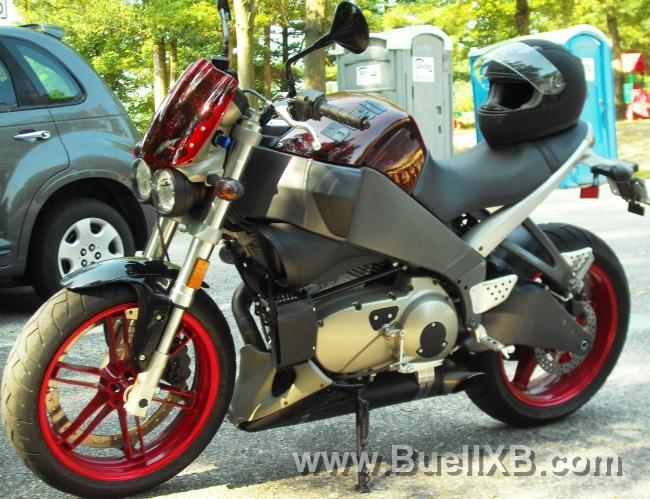First, about half of all serious motorcycle accidents happen when a car pulls in front of a bike in traffic. These accidents typically happen at very low speeds, with a typical impact velocity, after all the braking and skidding, below 25 mph. This was first revealed in the Hurt Report but has been recently backed up by two other studies, a similar one in Thailand and especially the COST 327 study done in the European Union, where people have fast bikes and like to ride very quickly on some roads with no speed limits at all.
Actual crash speeds are slow, but the damage isn't. These are serious, often fatal crashes. Most of these crashes happen very close to home. Because no matter where you go, you always leave your own neighborhood and come back to it. And making it through traffic-filled intersections—the ones near your home—is the most dangerous thing you do on a street motorcycle.
The next-biggest group of typical accidents happens at night, often on a weekend, at higher speeds. They are much more likely to involve alcohol, and often take place when a rider goes off the road alone. These two groups of accidents account for almost 75 percent of all serious crashes. So the accident we are most afraid of, and the one we tend to buy our helmets for—crashing at high speeds, out sport riding—is relatively rare.
Even though many motorcycles were capable of running the quarter-mile in 11 seconds (or less) and topping 140 mph back in '81, not one of the 900-odd accidents investigated in the Hurt study involved a speed over 100 mph. The "one in a thousand" speed seen in the Hurt Report was 86 mph, meaning only one of the accidents seen in the 900-crash study occurred at or above that speed. And the COST 327 study, done recently in the land of the autobahn, contained very few crashes over 120 kph, or 75 mph. The big lesson here is this: It's a mistake to assume that going really fast causes a significant number of accidents just because a motorcycle can go really fast.
Another eye-opener: In spite of what one might assume, the speed at which an accident starts does not necessarily correlate to the impact the head—or helmet—will have to absorb in a crash. That is, according to the Hurt Report and the similar Thailand study, going faster when you fall off does not typically result in your helmet taking a harder hit.
How can this be? Because the vast majority of head impacts occur when the rider falls off his bike and simply hits his head on the flat road surface. The biggest impact in a given crash will typically happen on that first contact, and the energy is proportional to the height from which the rider falls—not his forward speed at the time. A big highside may give a rider some extra altitude, but rarely higher than 8 feet. A high-speed crash may involve a lot of sliding along the ground, but this is not particularly challenging to a helmeted head because all modern full-face helmets do an excellent job of protecting you from abrasion.
In fact, the vast majority of crashed helmets examined in the Hurt Report showed that they had absorbed about the same impact you'd receive if you simply tipped over while standing, like a bowling pin, and hit your head on the pavement. Ninety-plus percent of the head impacts surveyed, in fact, were equal to or less than the force involved in a 7-foot drop. And 99 percent of the impacts were at or below the energy of a 10-foot drop.



